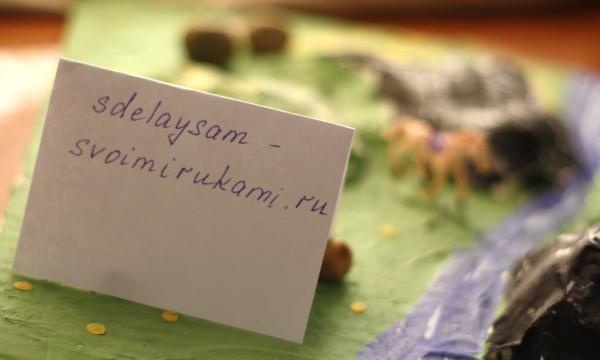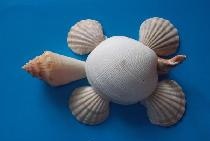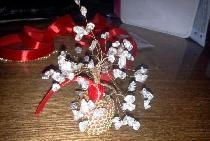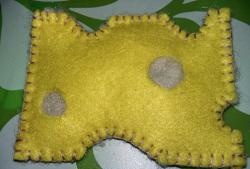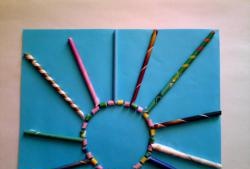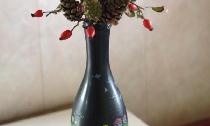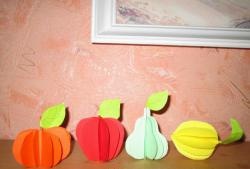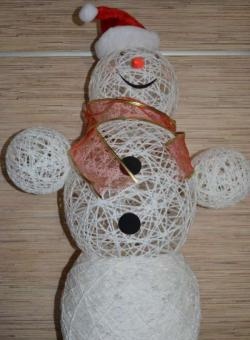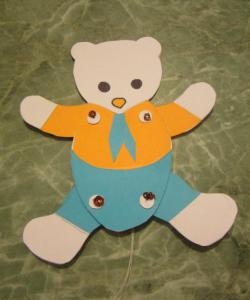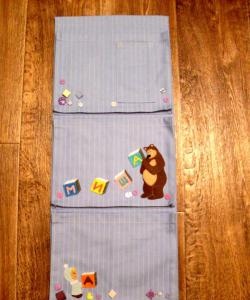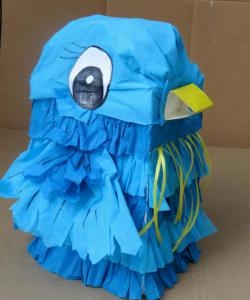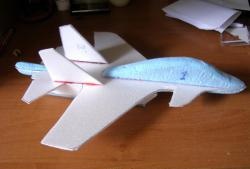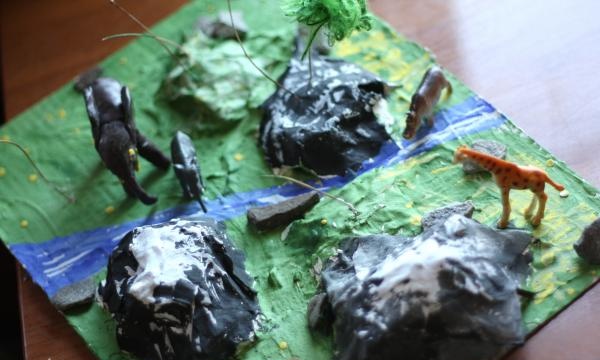
Did the kids blow their minds? They just need something to do! I propose to make a three-dimensional landscape with them. This is a very creative process that will captivate children (and maybe even parents) for a long time. We made such landscapes at home and in art classes. You can choose any theme: ocean floor, forest, farm, mountain canyon, etc. Children are especially delighted by the opportunity to use natural materials: stones, twigs, cones, shells, sand, etc.
To make a 3D landscape (savanna) you will need:
Corrugated cardboard,
Paper (newspapers, magazines),
Masking (paper) tape,
Scissors,
Gypsum,
Gouache,
Tassels,
Stones, twigs,
PVA glue,
Plasticine.
The cardboard needs to be thick, since quite heavy objects will be placed on it. The easiest option is to cut a box. We make irregularities from paper: mountains and hills. To do this, crumple the paper into a ball and attach it to the cardboard using masking tape. No matter how carefully we do it, cracks still remain. To smooth out our landscape, as well as to simplify the painting process, we will need plaster.
Gypsum is diluted with water to a consistency convenient for you.Liquid plaster can be applied with a wide brush, moderately thick - with your hands. We cover the entire landscape with a layer of gypsum, trying to “fill in” the obvious unevenness. The most problematic places are the places where our hills and mountains are anchored. Gypsum covered landscape should be allowed to dry completely.
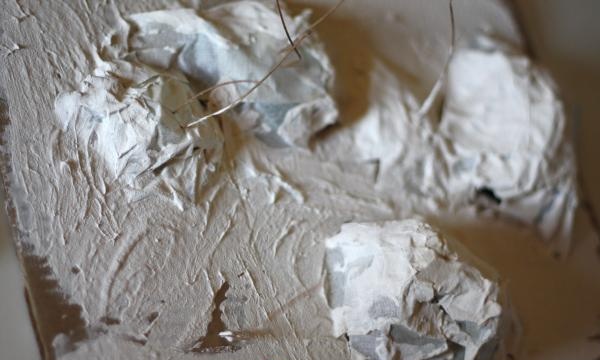
We cover the dried landscape with paint. We use “natural” colors: green, yellow, black, brown.
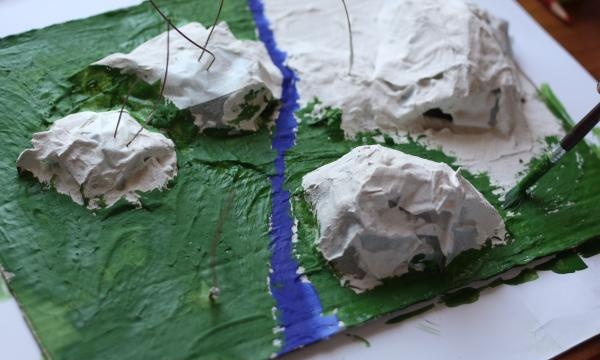
Children usually don't need any explanation at this stage. Then they can do everything themselves. While the painted landscape dries, we collect natural materials. The pebbles can be simply laid out or glued with glue, and the branches can be attached to plasticine.
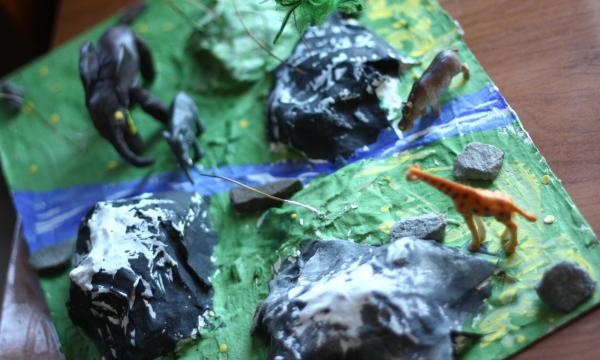
By the way, what is a landscape without animals? They need to be molded from plasticine. Think with your children about what kind of inhabitants might live in such an area. Things will go faster and better if you give children ready-made animal figurines as examples.
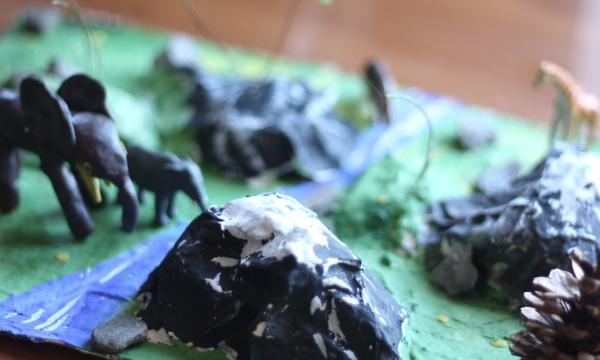
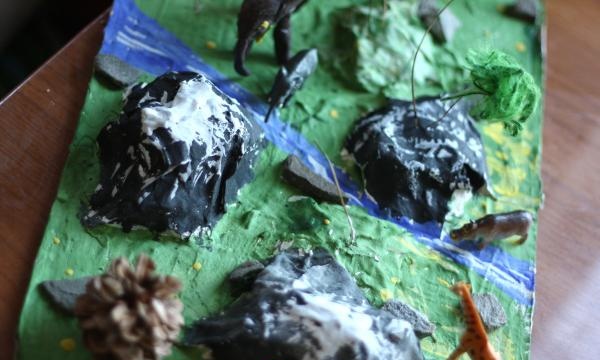
There is also a simplified version of a three-dimensional landscape, which is made from cardboard and plasticine. In art class we made a farm using this technique. On the cardboard base, almost everything was made of plasticine: grass, stream, animals. The children even built a barn from plasticine bricks.
Landscape is not a one-time activity. It can be regularly updated, tinted, and its inhabitants can be changed. Children should like this craft.
